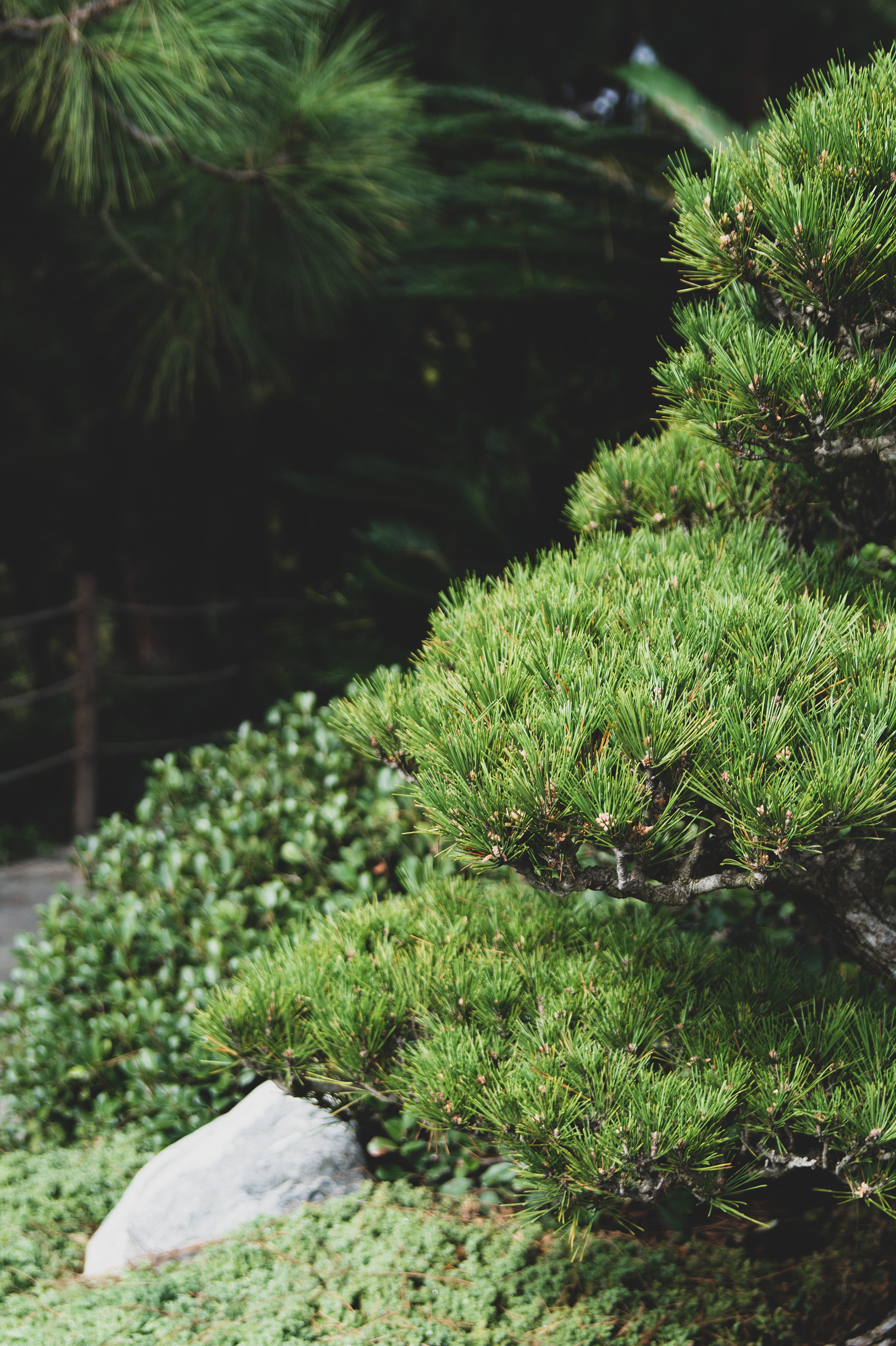


Greetings,
If you are on this blog, you are potentially interested in nature, business, sustainability, design, or perhaps all of the above.
Today, I will talk about Nature, again.
Business people: please stay, I promise you will find it interesting.
Studying sustainable design, one of the first concepts I was introduced to was the existence of Life’s Principles.
« Life’s Principles are design lessons from nature. Based on the recognition that Life on Earth is interconnected and interdependent, and subject to the same set of operating conditions, Life has evolved a set of strategies that have sustained over 3.8 billion years. Life’s Principles represent these overarching patterns found amongst the species surviving and thriving on Earth. Life integrates and optimizes these strategies to create conditions conducive to life. By learning from these deep design lessons, we can model innovative strategies, measure our designs against these sustainable benchmarks, and allow ourselves to be mentored by nature’s genius using Life’s Principles as our aspirational ideals. »
(as defined by the website Biomimicry 3.8)

But… what has this to do with business?, you ask. Just like Life’s Principles can be applied to design and technology, they can be applied to business too.
Business, with a capital B, (we’re talking about an umbrella term that covers multiple activities and industries) is full of processes: supply chain, HR payroll, financial forecasting, training, manufacturing, etc.
Coincidentally, Nature is also full of processes, except it does it better.
Here are some examples on how getting inspired by Nature can help optimize business processes.


Redundancy
Nature is bountiful. Multiple species share similar or nearly identical roles in ecosystems, even when their taxonomic group differs greatly (the taxonomic group represents the different levels of animal classifications, such as the kingdom, genus, order, etc. - see a neat illustration here).
On average, a single bee needs to visit 5000 flowers a day in order for the hive to produce one pound of honey for the season. If bees were extremely selective and only visited blue flowers, for example, it would take them much more time to gather the pollen they need. Additionally, if blue flowers became extinct, it would cause a chain-extinction event. No more blue flowers, no more bees, no more pollination, no more crops, no more food, no more humans (Don’t worry, I am extrapolating… or am I?).
Now let’s apply this to business. Say you have all of your products manufactured by 3 different suppliers, in the Kanto region of Japan. An earthquake destroys the business park where your suppliers have their plants. You will soon be facing a (supply) chain-extinction event. If you apply the Life Principle of Redundancy to your suppliers, you can remain in business, even some of your suppliers are unable to operate.



Adapting to survive
It only took 15 years for green anole lizards to adapt to an invasive neighbor: the brown anole lizard. Green lizards developed larger toe-pads and more scales, giving them a competitive advantage: they were more resistant and could climb higher than the invader species.
What does it mean to adapt quickly in the business world? It means being able to change your business model early enough that you do not suffer from a recent trend of the market.
Let’s take a look at the oil industry. Oil reserves will be depleted by 2094 - and this is best case scenario. Following the Life Principle of Adaptation, oil extraction companies that do not start to invest in other fields of work now are bound to see their activity come to an end sooner rather than later. The oil industry is a very lucrative one, but one that is set to disappear and with it, all the empires built on fossil fuel extraction.
I will not comment on the ecological impact of this industry today - but keep an eye out for a future blog post.


Diversity
Nature is diverse, hence resourceful. You can observe similar functions performed in vastly different ways. When it comes to cooling down, we are able to list a whole lot of organisms that perform the same function, in different ways:
- Torch cacti cool themselves thanks to ribs on their skin that provide shade and reflect heat (source: asknature.org).
- Some species of nightjar birds cool down by using the air between their feathers to dissipate heat (source: asknature.org).
- Brazilian free-tailed bats have clusters of veins located in windows on their bodies that allow their blood to cool down by coming to the surface of the skin (source: asknature.org).
In Business, the more diverse pool of ideas you have, the most successful you will be. Different people will have different ways of solving problems, and diverse opinions, methods, and points of view. This is why you want to get inspired by Nature when it comes to HR management - and particularly talent acquisition. Just like the Life Principle of Diversity, age, gender, socio-economic background, race, education, and faith should be as diverse as possible in a company. A fresh, new take on an old training, new insights on a reporting tool, ideas to optimize a timeline… Different perspectives and ways of thinking can help the continuous improvement of the processes in place in a company. It is certainly risky to hire candidates that do not fit in your company’s so called mold, but oftentimes the freshness and newness of new ideas from diverse people is worth taking the leap.



If you are a business person and you never thought about looking into how Nature does it, I would highly recommend you start observing Nature. Be, Contemplate, Imagine assignments are a great starting point.
And if you didn't get the answers you were looking for, at least you got out in Nature today, and you will thank me later.
Cheers!















